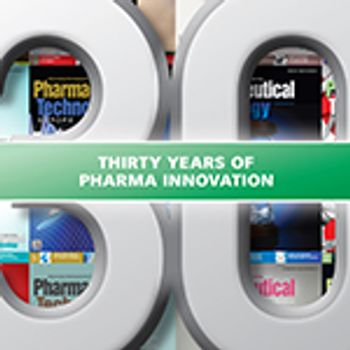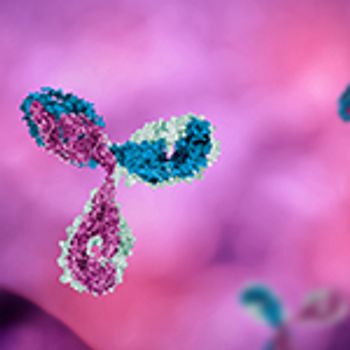
Harmonization of regulatory guidelines not only reduces workloads for manufacturers and regulators but can potentially help to accelerate patient access to vital therapies.
Felicity Thomas is the former Associate Editorial Director of Pharmaceutical Technology, Pharmaceutical Technology Europe, BioPharm International.

Harmonization of regulatory guidelines not only reduces workloads for manufacturers and regulators but can potentially help to accelerate patient access to vital therapies.

Instrumentation advancements over the past 30 years have certainly enabled greater efficiency in pharma development and analysis despite slow adoption by the industry.

Glass vials have come a long way from mere commodities and are now considered an integral part of final drug product.

To deal with the complex requirements of biopharmaceuticals, companies need a sophisticated toolbox of analytical and purification techniques.

Machine vision systems have been an integral part of pharma manufacturing and packaging for many years and, with the introduction of stricter safety regulations, are set to become more vital.

Much has changed in the bio/pharma industry over three decades. In this special feature, the editors take a trip down memory lane, highlighting some of the major happenings of the past 30 years.

Europe has introduced a waiver for supplementary protection certificates, polarizing opinions throughout the industry. In this interview, the SPC waiver and its implications for European pharma are discussed.

Protein characterization is a critical part of drug development, but as there are still limitations with available techniques, industry needs to look at technological advances to meet the specific requirements of complex molecule characterization.

Formulators of parenteral drugs must be cautious of specific considerations and challenges that arise during development and manufacture.

Protein characterization is a critical part of drug development, but as there are still limitations with available techniques, industry needs to look at technological advances to meet the specific requirements of complex molecule characterization.

As drug supply chain security is of paramount importance, could radio-frequency identification solutions provide the optimal solution for pharma companies?

This article discusses current methods of endotoxin testing, its importance to the industry, sustainability issues relating to the process, and best practices.

The Wellcome Global Monitor has demonstrated an overall positive trust in science but some concerns still remain on attitudes on vaccines.

Several trends are driving change in oral solid‑dosage forms and giving rise to the requirement of ‘fit-for-purpose’ excipients.

It is important to adhere to current methods of endotoxin testing, on which the industry relies for process sustainability.

Experts from AbbVie discuss the advantages and limitations of HME for enhancing bioavailability of poorly soluble APIs.

With an increased focus on the supply chain security of non-cGMP intermediates, companies need to re-emphasize upstream manufacturing.

Big Pharma is partnering with Alphabet company, Verily, to modernize clinical trials and accelerate time-to-market for drugs.

Proactive approaches that consider long-term supply chain security compliance are recommended to ensure companies stay on the right track.

Exploration of various formulation techniques is vital to provide effective delivery of poorly soluble drugs.

To achieve high-quality pharmaceutical product, it is important to characterize the drug particles and understand the behavior of bulk powder.

Horizon Europe gains parliamentary endorsement, bringing it closer to becoming a reality.

A new conference is set to provide a platform for European regulatory professionals to come together to discuss relevant issues and share expertise.

Patient-centric drug development is becoming more important in the bio/pharma industry.

Stability testing is an integral part of bio/pharmaceutical production, and harmonizing best practices and regulatory requirements is key to finding the best approach.

Characterizing particles and understanding bulk powder behavior is critical to get the best pharma product.

Pharmaceutical Technology Europe spoke with Manuel Leal, business development director for Idifarma to learn more about spray drying and how it can support patient-centric drug development.

Easier access to information, targeting smaller patient populations, and increased regulatory focus on patient outcomes are driving patient‑centric drug development.

Uncertainty remains around the UK’s departure from the EU, potentially causing irreparable damage to the bio/pharma sector.

Flexibility and well considered manufacturing approaches could help tablet manufacturers face the increasing pressure resulting from the shifting bio/pharma development landscape.